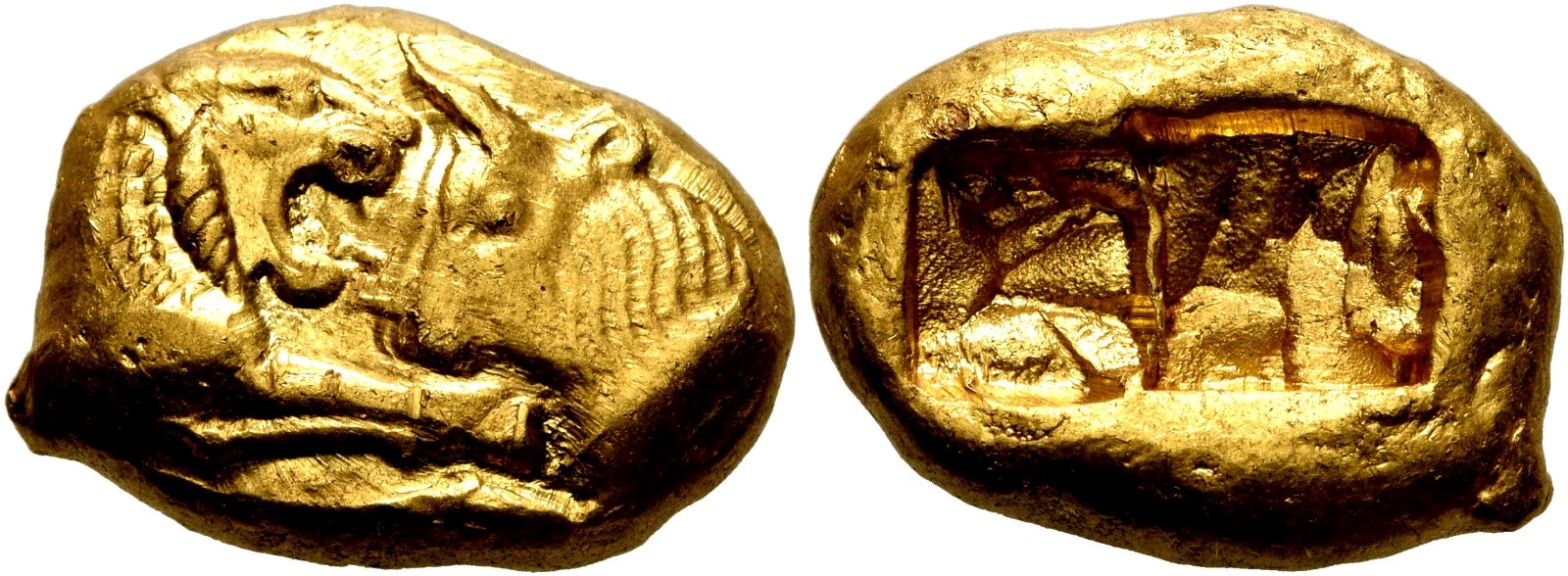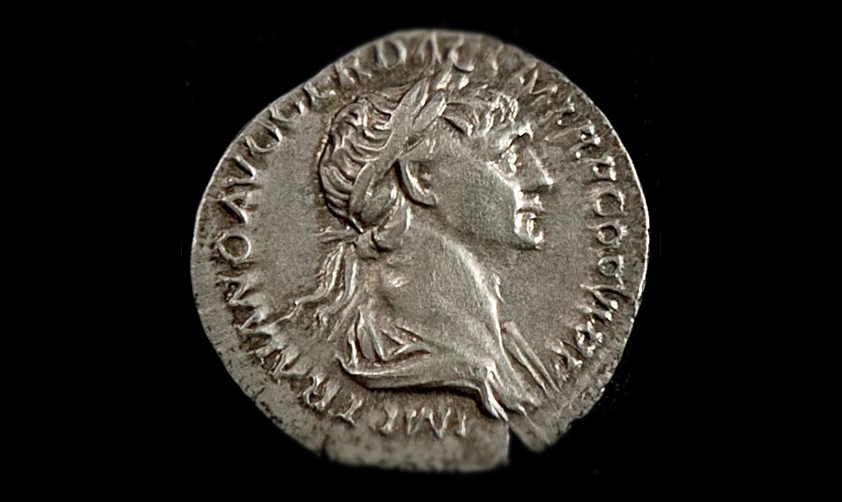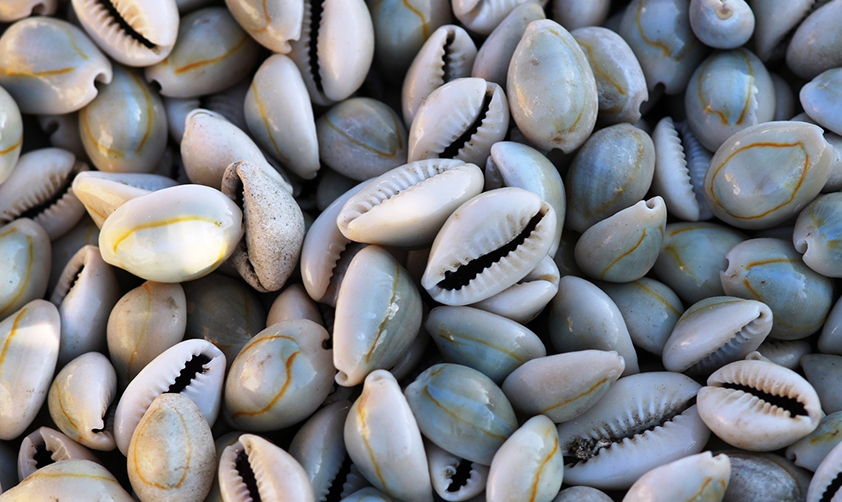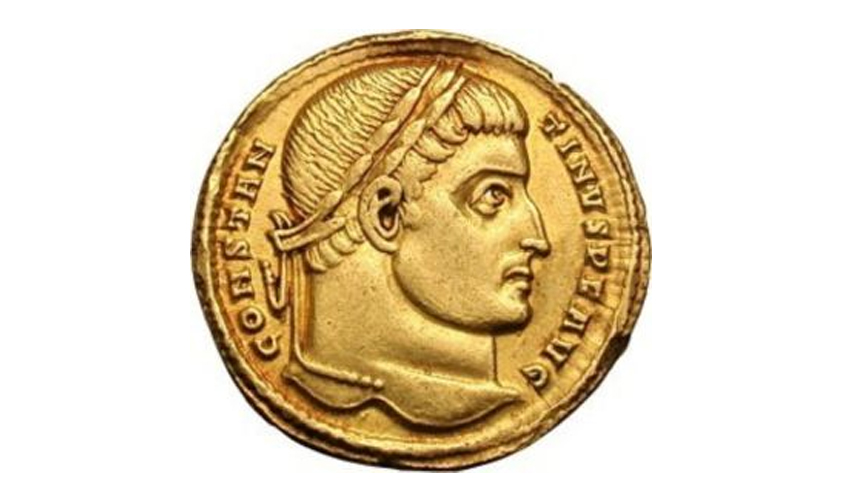When were coins first made? And when was the first gold coin struck?
Legal tender coins as we know them - metal disks of a specific weight and backed by an issuing authority by means of a seal - first appeared in Lydia (in an ancient region of Asia Minor corresponding to modern-day Turkey) at the end of the 7th century bce. The earliest specimens were irregular in shape and bore no inscriptions; they were made in electrum, which is a common and naturally occurring silver and gold alloy.
Early in the 6th century bce, the use of electrum coins spread to the Greek colonies of Asia Minor, where they were soon replaced by silver coins. Around the same time, King Croesus of Lydia (560-546 bce) introduced the first gold coin, alongside silver issues (both called 'croeseids').
We can answer the second question by saying King Croesus minted the first gold coins around the mid-6th century bce. One gold Croeseid was on display at 'The Adventure of Money' exhibition, held at Palazzo Esposizioni in Rome from 31 October 2023 to 30 June 2024.
Croesus was thus the first to create a bimetallic system. It is quite probable that gold coins were used for foreign trade, whereas silver coins were used on the internal market. There were also smaller denominations alongside the stater, corresponding to one third, one sixth, and one sixteenth of a stater.
All coins, both gold and silver, featured the foreparts (protomes) of a lion and a bull facing each other on the obverse. Croeseids remained in use after Lydia was annexed by the Persian empire (547-6 bce) until Darius I (522-486 bce) introduced new gold coins (darics) and silver coins (sigloi).










